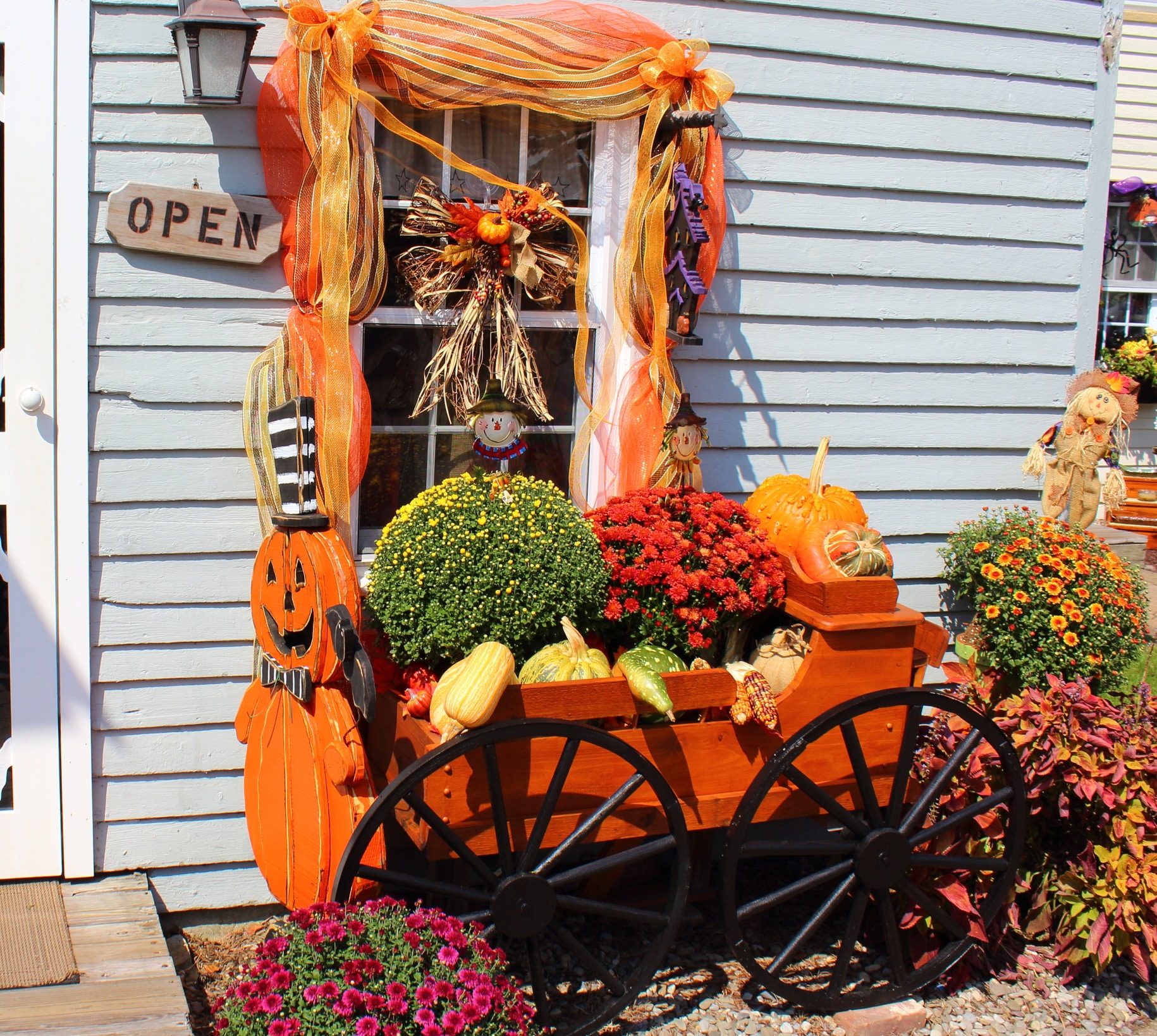
How do shoppers feel when they enter your store? Can they look forward to an enjoyable experience that motivates them to start their spring projects? Or are the signs and displays from last season thrown together without rhyme or reason? One of the things customers expect from home improvement retailers is to shop in an inviting environment that is visually merchandised with informative signs and inspiring point-of-purchase displays.
- The average attention span is 8 seconds
- 65 percent of people are visual learners
- Showing visual messages can increase retention by 42 percent
When products are displayed in an organized fashion, it drives sales and promotes a positive reflection of the brand. Smaller retailers face stiff competition from big-box retailers such as Home Depot and Walmart, so connecting with customers is vital.
Point-of-purchase (POP) displays are ideal for highlighting or advertising products for a limited time. These digital and physical displays keep promotions fresh and exciting and encourage shoppers to take notice. When POP displays are placed next to products, they function as both the expert and salesperson and help customers make a faster purchasing decision.
Displays can be Simple or Complex
Any POP display should be eye-catching and draw attention to whatever service or product is promoted. Displays are simply one aspect of the total visual merchandising strategy. POP displays include essential elements such as printed signs, shelf-talkers, price cards, or more complex digital interactive displays, mobile apps, or iridescent floor signage. POP material is often provided to retailers by manufacturers who want their products to stand out from the crowd.
Store owners should decide what products to target. Are they best-sellers in constant demand by consumers or slow-selling products that need a slight push to move? Free-standing displays allow retailers to place them anywhere in the store to attract customers. They should fit easily into the layout of your store and serve several purposes.
- Create a narrative by using displays as focal points to guide customers through the store and lead them to what you want them to see
- Use strategically placed POP materials to fill space, provide information, promote products, and persuade customers to buy
- Capture customer’s imagination by showcasing visually stimulating displays that prompt customers to take action
Endcaps Increase Product’s Visibility
Setting up endcaps requires being intentional about what you plan to accomplish. These displays are placed at the end of the aisle and are visible to customers who may not opt to go down a particular aisle. This area is “prime real estate” that influences shoppers’ purchasing decisions and motivates them to make impulse buys. Endcaps can have seasonal themes, focus on holidays like the 4th of July or Christmas, or spotlight causes such as Fire Safety Month, energy savings, or sustainability. Stocking shelves within this high-traffic area with impulse merchandise can boost sales.
- 49 percent of impulse purchases are made by adults ages 18-24
- People 65 and older account for 35 percent of impulse buys
Interactive Displays Offer a Digital Experience
Bringing the digital experience in-store with interactive displays can be an opportunity to “Wow” customers. These vehicles actively engage shoppers in the discovery process and enable them to get information about the product creatively and memorably. Shoppers are invited to engage through interactive kiosks, touchscreens, immersive sound, and LED lights.
Directional and Informative Signage
Use colorful and clever signage to direct customers to specific merchandise or locations within the store. These silent guides can save time and do not require assistance from employees. Customers often prefer to browse and leisurely collect information. Many businesses also use signage to support a theme or advertise a specific promotion. Window signs can be fun and eye-catching. Setting up sidewalk sandwich boards can prompt people to come inside to find out what your establishment offers.
POP marketing is cost-effective
Since both manufacturers and retailers benefit from POP displays, the cost to store owners is very affordable. Arranging products to be visually appealing requires creativity, time, and labor. However, if you time them correctly and consistently ensure the displays are relevant to your customers, your results will be successful.




